Equipment
The future of iron shafts is graphite
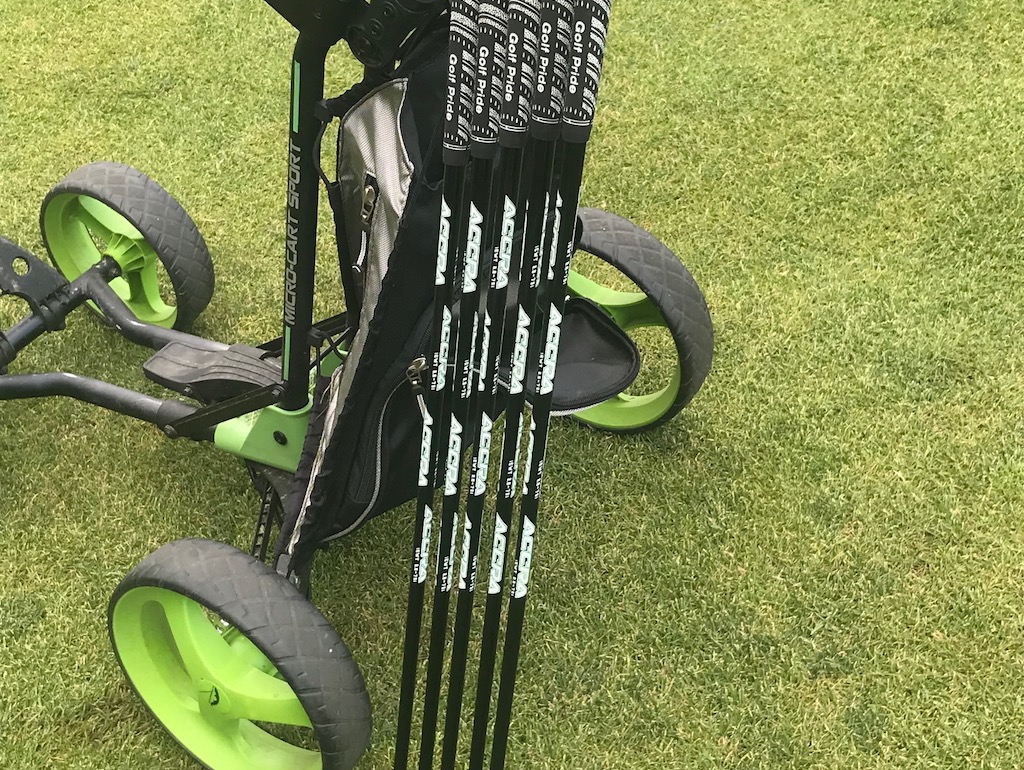
For me, the process to accept the superiority of graphite has not been easy. Like many GolfWRX readers, I grew up with a clear goal—become an elite player. A rite of passage on this journey, was when you finally had enough speed to get True Temper Dynamic Gold X100 shafts in your blade irons.
I remember the day well. I also remember not having much difference in performance after making the change. Instead, the only real difference I experience was a lack of feel (which many describe as “boardiness”).
I was a victim of a bogus narrative, but as I have gotten older, I have also gotten smarter. I have awoken to the truth in 2020: Steel is good, but graphite shafts are the future of golf, especially for irons for the average player.
Let me explain. To understand why graphite is becoming a superior option, you must understand two important inputs of the design and manufacturing of shafts. The first is taper and the second is the thickness of the walls of the shafts. Together these factors combine to influence everything we think we love about steel. However, they are also extremely fixed; you cannot do a lot with the material. That is simply not true for graphite. Instead, graphite gives shaft manufacturers options. Options can result in way better performance for you.
So, what does this mean for you?
Let me share my own experience which started a couple of months ago when I learned that I would be moving from Florida to Denver. I was excited for the change of pace but quickly had questions—how would this impact my set makeup? With some questions in mind, I reached out to an old friend, Gawain Robertson of ACCRA (True Temper). I wanted to know how I could take advantage of the altitude and become the inner bomber I always knew I was!
With Gawain’s expertise, we developed a profile for the shaft that I wanted: something about 85 grams, 3.0 degrees of torque, and higher spin to go with a set of PXG 0211 iron heads. The intent was to create a combination, which was going to be easy to have max peak apex with lower spin, resulting more distance.
So, a set was built: 0211’s with custom ACCRA graphite shafts, 1/2 inch long, 2 degrees flat with Golf Pride New Decade MCC Grips.

As soon as I got to Denver, I was excited to test. I got a bucket, set up my FlightScope and started to smash 6-irons (Bugattis do not need to warm-up). The results? Over 15 shots my numbers where what I wanted, my smash stayed at an average of 1.39 but my peak apex went up from 28 to 33, my clubhead speed up from 86 to 89 mph, but my spin was about the same, hovering around 6,000 RPM, or in plain language 200-yard high, long 6-irons.
Graphite shaft technology is only going to improve, and we are, to use a ball flight term, far from the apex. I believe the future of iron shafts, in general, will be graphite—I know that, in my particular case, I’ll never see the glimmer of steel when I stand over an iron shot again.
Equipment
BK’s Breakdowns: Cameron Young’s winning WITB, 2025 Wyndham Championship

Cameron Young’s WITB from his win at the 2025 Wyndham Championship. Cameron is a Titleist staff player but his bag is definitely filled with some unique clubs. Here are the clubs he used to secure his first PGA Tour win!
Driver: Titleist GT2 (9 degrees, A1 SureFit setting)
Shaft: Mitsubishi Tensei 1K Pro Orange 70 TX
3-wood: Titleist GT3 (15 degrees)
Shaft: Mitsubishi Tensei 1K White 80 TX
Hybrid: Titleist GT2 (21 degrees)
Shaft: Fujikura Ventus HB Black VeloCore+ 10 X
Irons: Titleist T200 (4), Titleist T100 (5), Titleist 631.CY Prototype (6-9)
Shafts: True Temper Dynamic Gold X7 (4-9)
Wedges: Titleist Vokey Design SM10 (48-10F, 52-12F, 56-14F @57), WedgeWorks (60-K* @62)
Shafts: True Temper Dynamic Gold X7
Putter: Scotty Cameron Phantom 9.5 Tour Prototype
Grips: Golf Pride Tour Velvet Cord
Ball: Titleist Pro V1x Prototype
Whats in the Bag
Peter Malnati WITB 2025 (August)
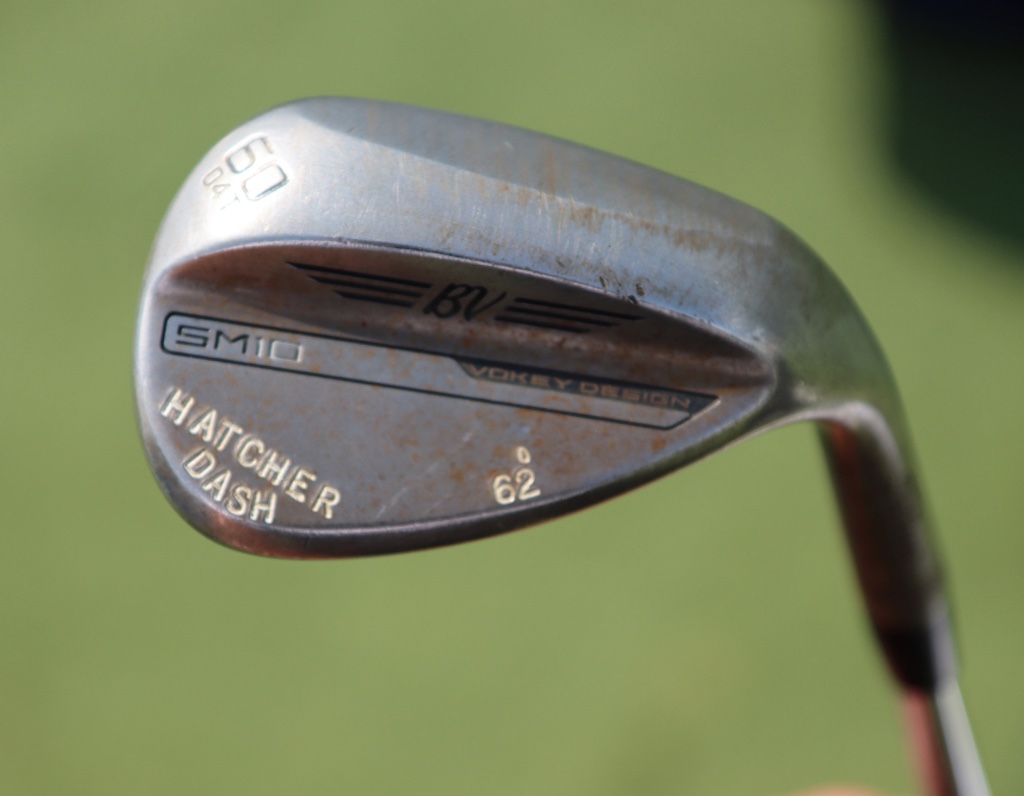
- Peter Malnati what’s in the bag accurate as of the Wyndham Championship. More photos from the event here.
Driver: Titleist GT3 (10 degrees, C2 SureFit setting)
Shaft: Project X Denali Blue 60 TX
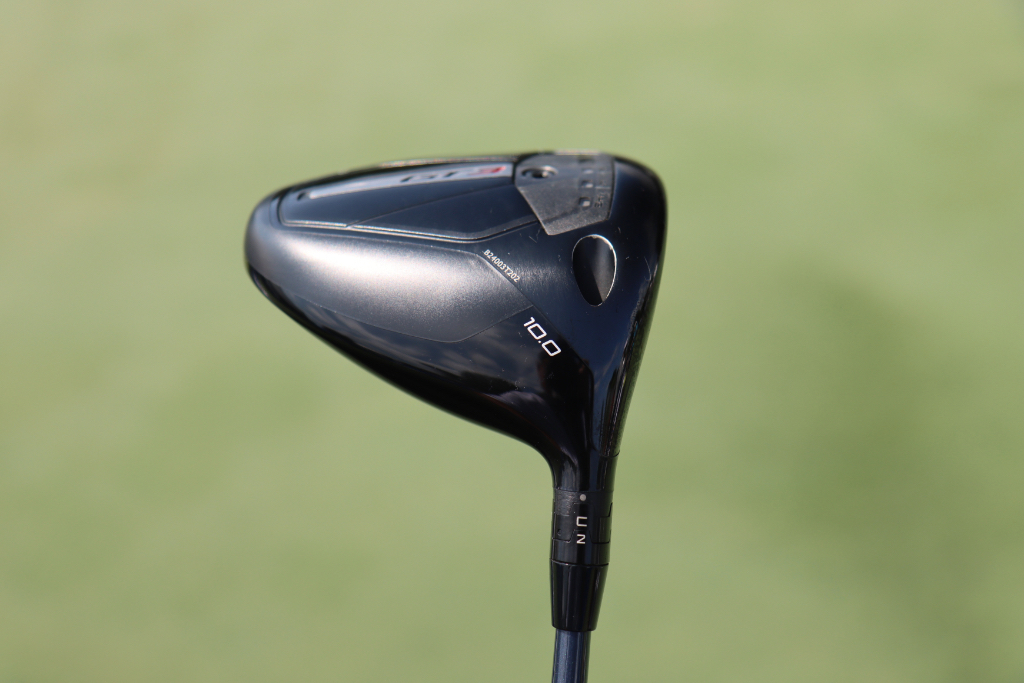

3-wood: Titleist GT3 (15 degrees, A1 SureFit setting)
Shaft: Fujikura Ventus TR Blue 7 X
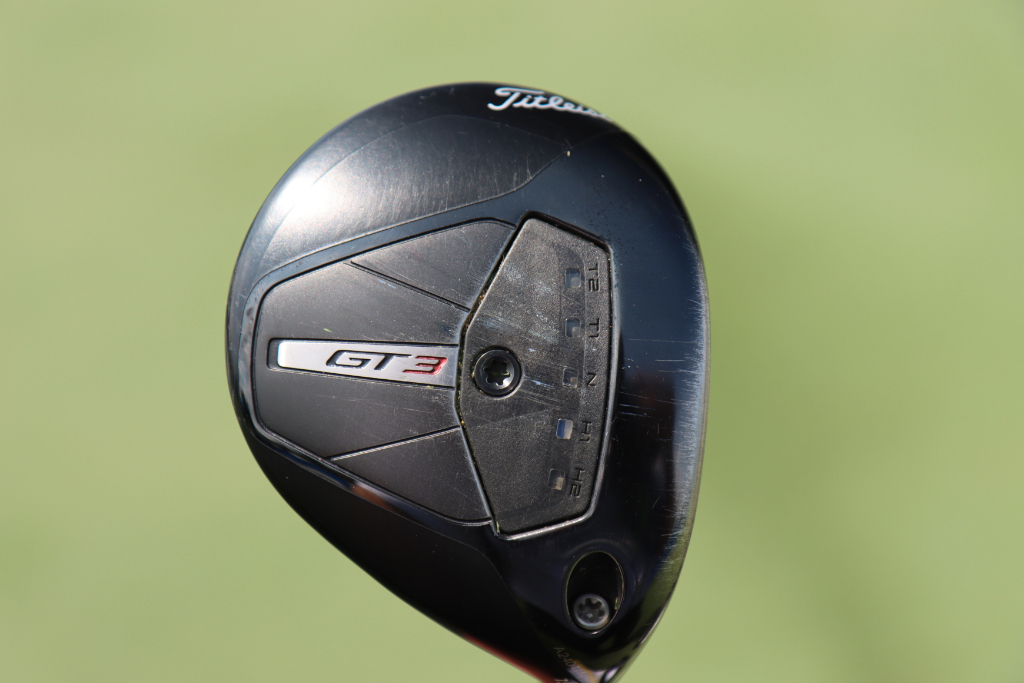
7-wood: Titleist GT2 (21 degrees, D1 SureFit setting)
Shaft: Fujikura Ventus TR Blue 8 X
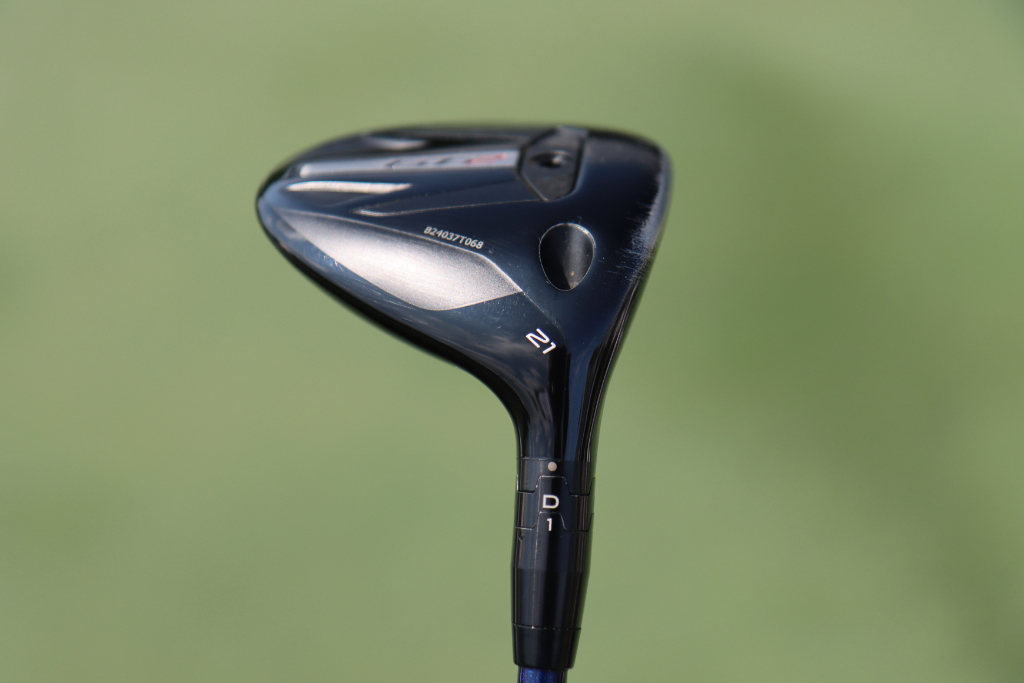
Irons: Titleist T150 (4, 5), Titleist T100 (6-9)
Shafts: True Temper AMT Tour White X100
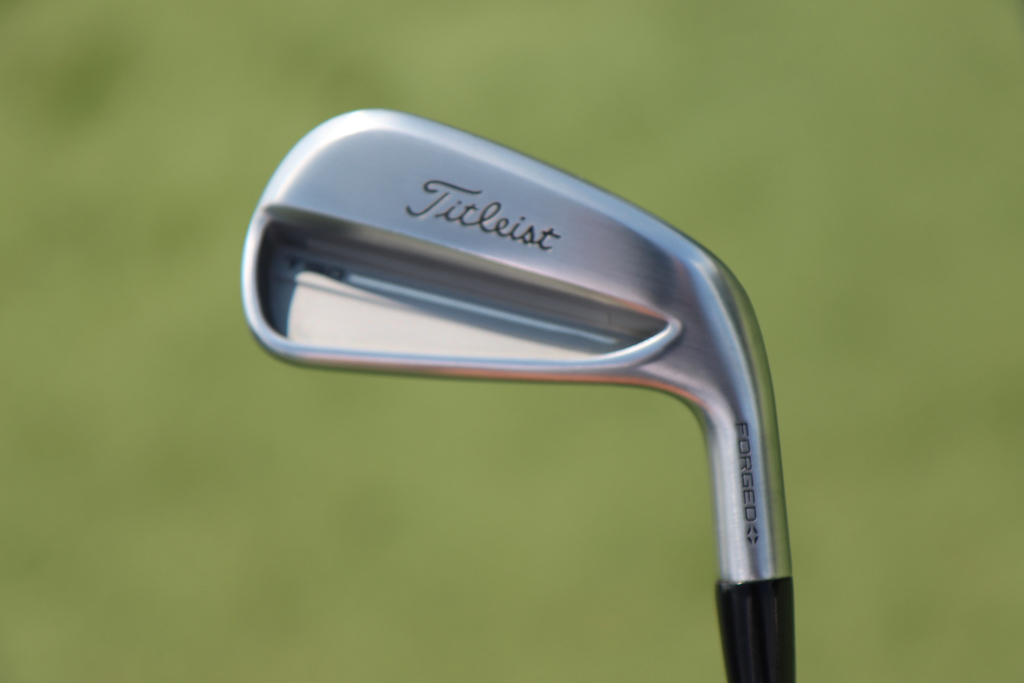
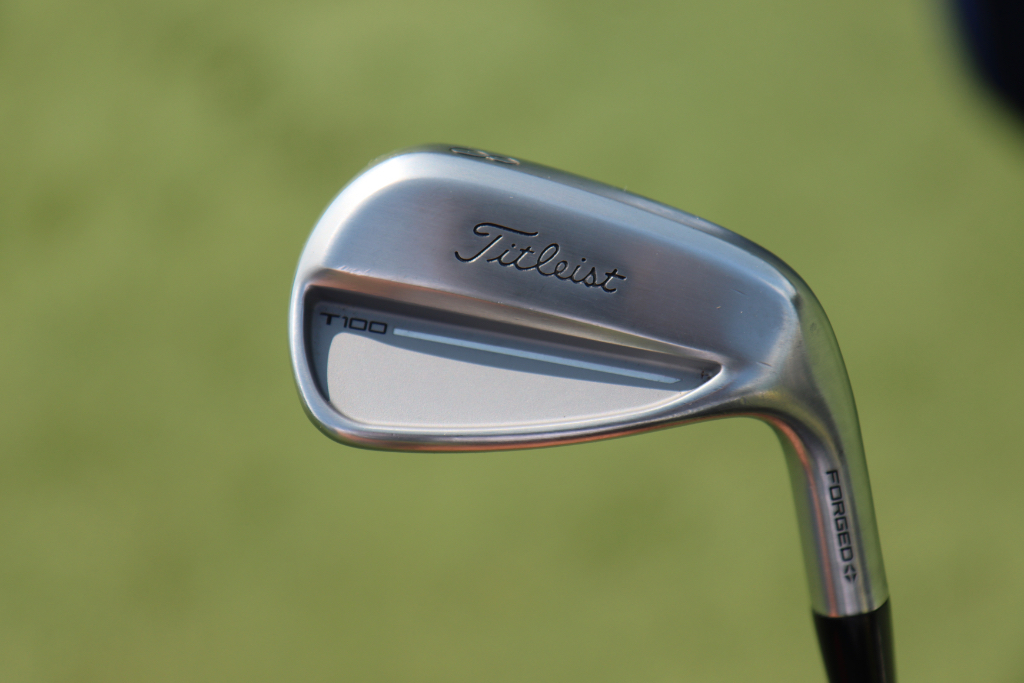
Wedges: Titleist Vokey Design SM10 (48-10F @47, 52-12F, 56-08M @57, 60-04T @62)
Shafts: True Temper Dynamic Gold Tour Issue S400
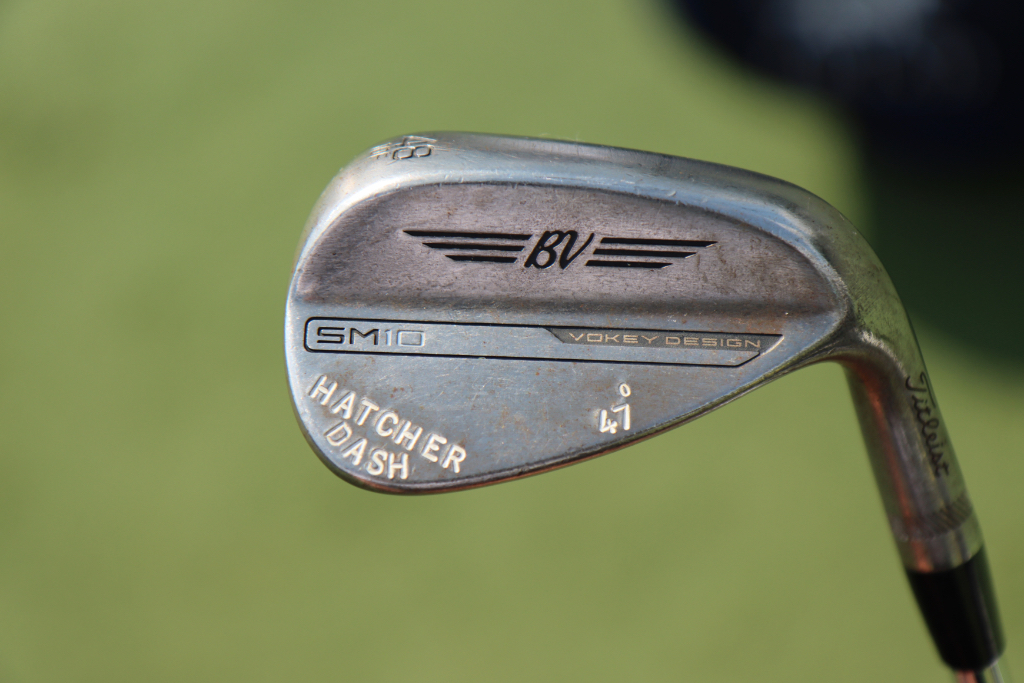
Putter: Scotty Cameron Studio Style Fastback 1.5 Tour Prototype
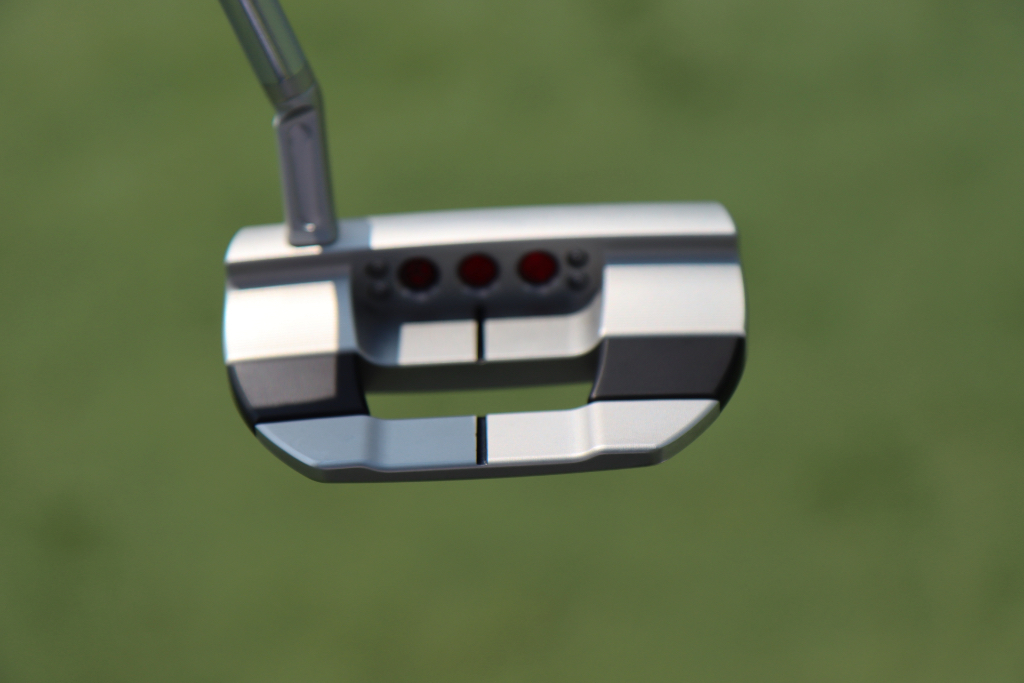
Grips: Golf Pride Tour Velvet
Ball: Titleist Pro V1x Yellow
Equipment
GolfWRX Members Choice presented by 2nd Swing: Best driver of 2025

We’re proud to once again partner with 2nd Swing Golf to bring you GolfWRX Members Choice 2025! 2nd Swing has more than 150,000 new and pre-swung golf clubs available in six store locations and online. Check them out here.

What is the best driver in 2025? At GolfWRX, we take great pride in our online community and the cumulative knowledge and experience of our members. When it comes to the best driver of 2025, we want to know what our forum faithful think.
Since our founding in 2005, the bedrock of GolfWRX.com has been the community of passionate and knowledgeable golfers in our forums, and we put endless trust in the opinions of our GolfWRX members — the most knowledgeable community of golfers on the internet. No other group of golfers in the world tests golf clubs as frequently or as extensively, nor is armed with such in-depth information about the latest technology.
Below are the results of GolfWRX member voting for the 2025 best driver, along with the vote percentage for each club.
Best driver of 2025: The top 5
5. Callaway Elyte Triple Diamond: 6.02%
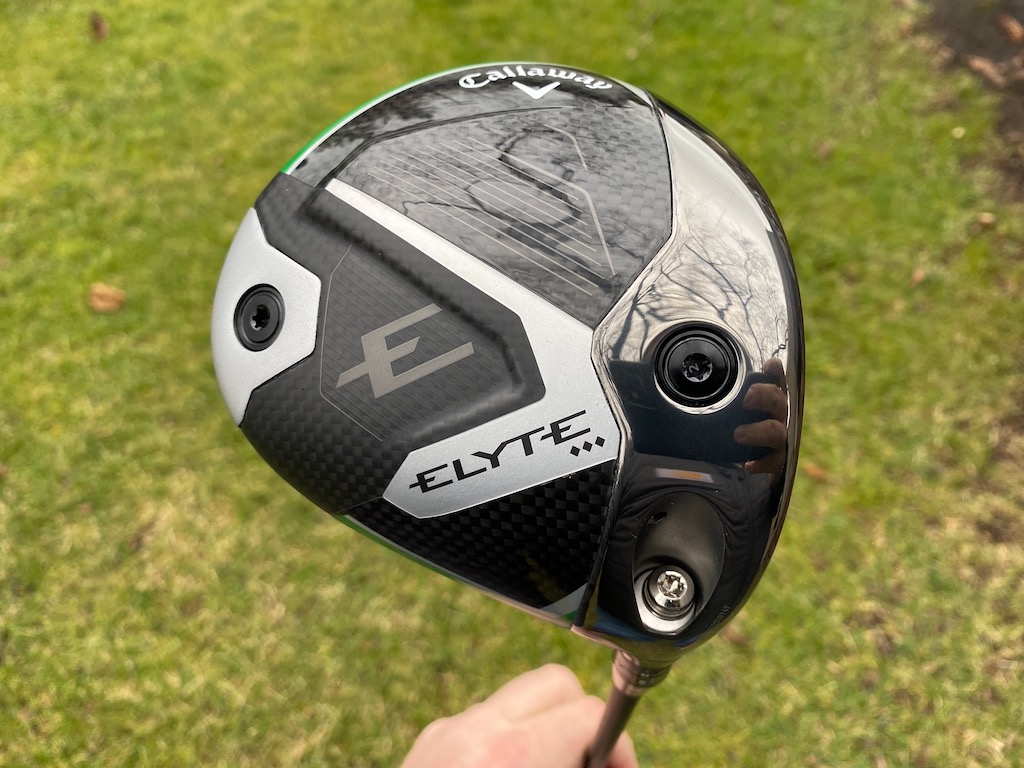
Callaway’s pitch: “For golfers looking for a fast, forgiving, yet workable driver, the Elyte Triple Diamond features a tour-inspired shape and is the preferred model by most Callaway tour players.”
You can read what other golfers are saying about the driver in the GolfWRX forums, and see our launch piece here. Shop the Callaway Elyte Triple Diamond here.
4. Ping G440 Max: 6.86%
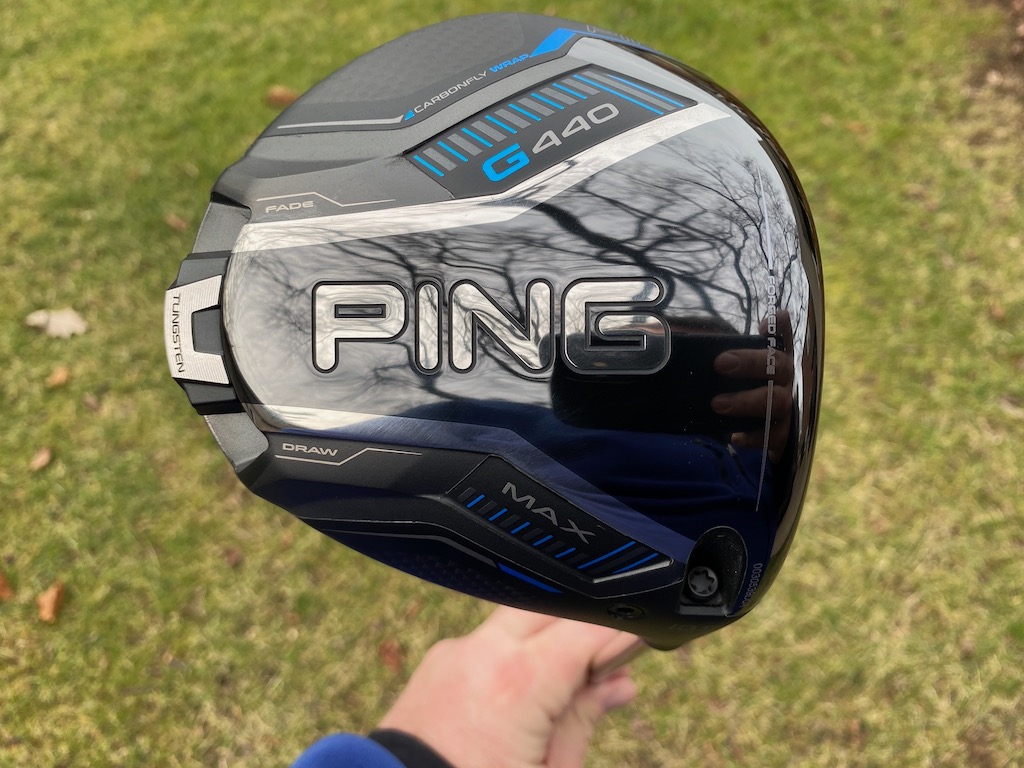
Ping’s pitch: “The most forgiving G440 model, MAX has a hotter face to generate speed and distance, and a lighter overall system weight with a longer shaft (46″) for faster clubhead speed, higher launch and longer carries. The Free Hosel and Carbonfly Wrap crown save weight to create our lowest CG ever and increase forgiveness while contributing to a more muted, pleasing sound.”
You can read what other golfers are saying about the driver in the GolfWRX forums, and see our launch piece here. Shop the Ping G440 Max here.
3. Ping G440 LST: 9.53%
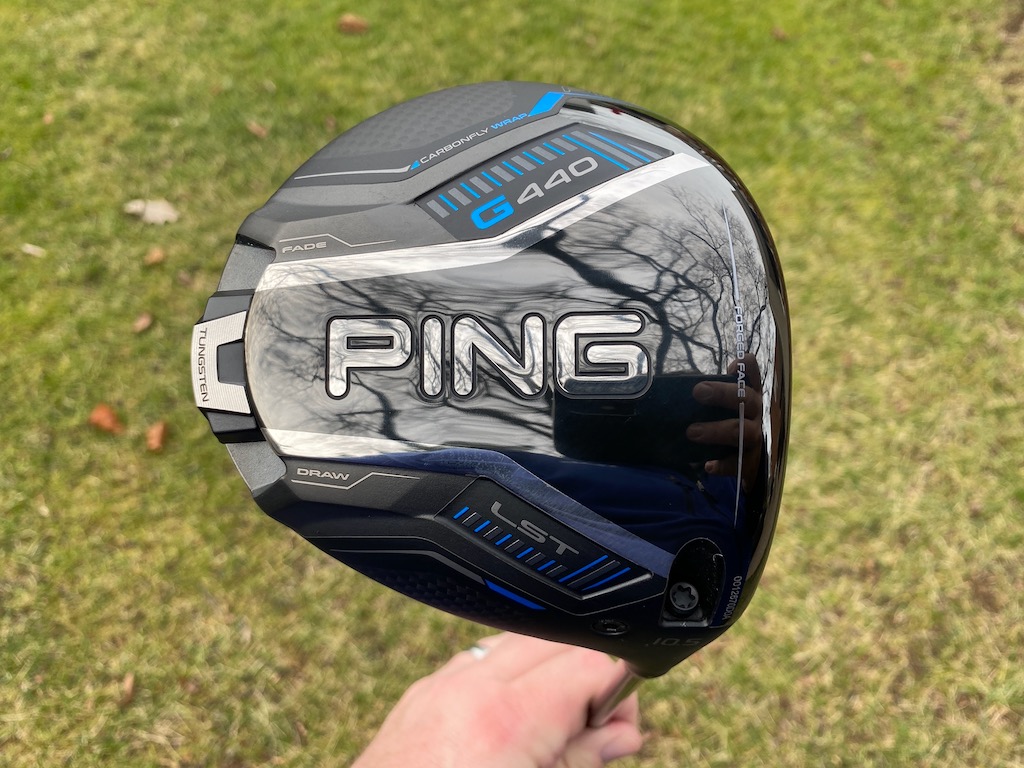
Ping’s pitch: “LST is an especially good fit for faster swings, offering less spin and more control with a penetrating trajectory. A hotter face, lighter overall system weight and longer shaft (46″) deliver more speed and distance while maintaining tight dispersion.”
@phizzy30: “Not a fan of Ping drivers in general, but 440 LST takes the cake. It’s super forgiving across the face for a low spin head, looks and sounds good and the ability to make it play neutral or slightly fade biased through the hosel settings is very appealing.”
You can read what other golfers are saying about the driver in the GolfWRX forums, and see our launch piece here. Shop the Ping G440 LST here.
2. Titleist GT3: 16.55%
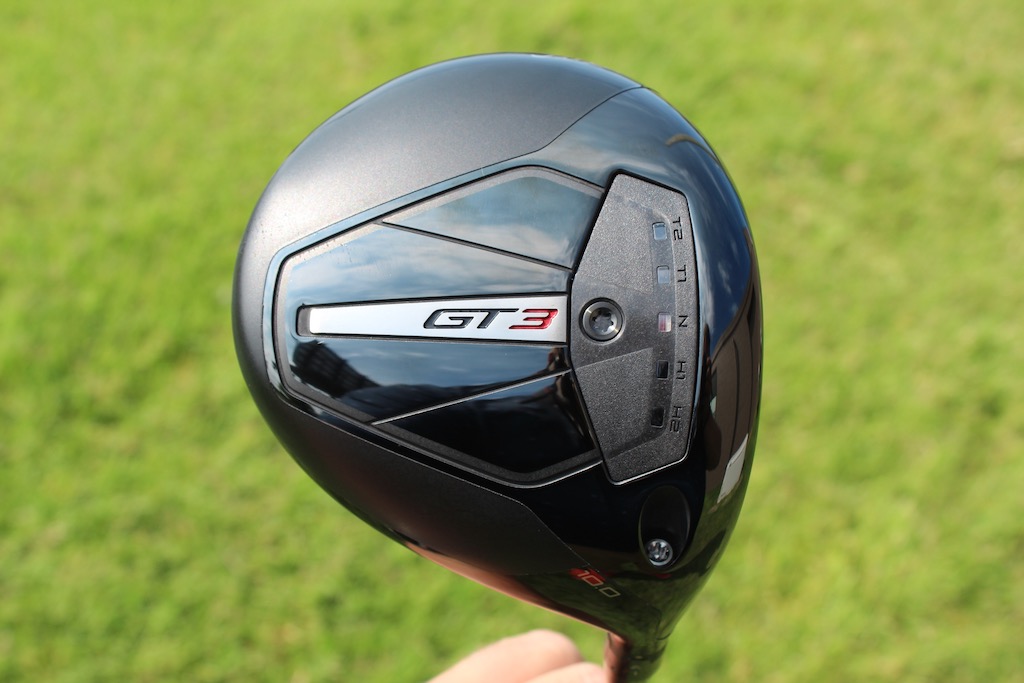
Titleist’s pitch: “The GT3 Driver offers Titleist’s boldest combination of power and personalization through adjustable performance. Dial in the CG Track to your frequent contact location to make your biggest drives even bigger while taking total control over flight and shaping.”
@mrmikeac: “I’ve been Anti-Titleist for years and years and years (outside of Vokey, of course). With that being said, HOLY BEGEEZUS the GT3 driver is an absolute NUCLEAR MONSTER! This thing blew my G430 10K Max out of the water in every single category. Forgiveness is the biggest thing that stands out of me, the 3 model has always been one of the less forgiving models in the past but this GT3 can take bad shot after bad shot and still end up in the fairway, I think a ton of that has to do with the adjustability, it’s actually effective. Feel and sound is perfect, that solid crack is so addicting to hear and when you hit it out the screws this thing can absolutely bomb it. Titleist, I’m sorry for doubting you. You have converted me.”
You can read what other golfers are saying about the driver in the GolfWRX forums, and see our launch piece here. Shop the Titleist GT3 here.
1. Titleist GT2: 22.91%
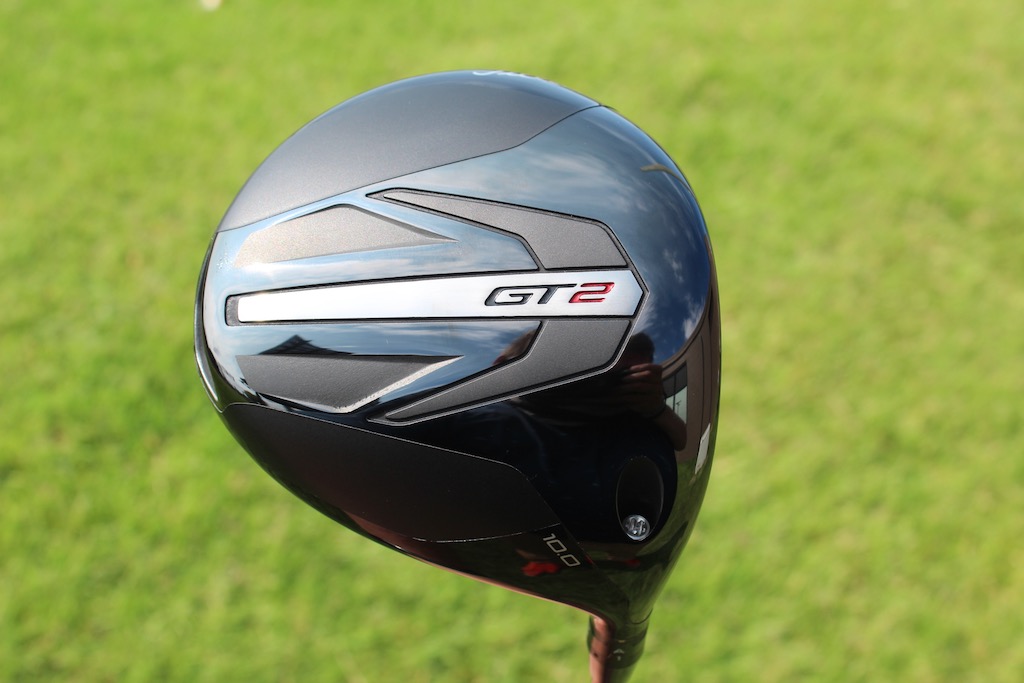
Titleist’s pitch: “Delivering impressive distance from any impact point, the Titleist GT2 Driver extracts maximum performance through a forgiving design. Get the stability and added confidence of a high-MOI driver without sacrificing speed.”
@DTorres: “The Titleist GT2 has proven to be the best driver of the year. Packaged in a classic profile, GT2 perfectly balances performance and forgiveness while consistently being a high performer across all categories.”
You can read what other golfers are saying about the driver in the GolfWRX forums, and see our launch piece here. Shop the Titleist GT2 here.
Other drivers receiving >2% of the vote
| Driver | Vote percentage (%) |
|---|---|
| Cobra DS Adapt Max K | 4.85% |
| Ping G430 Max 10K | 3.85% |
| Callaway Elyte Triple Diamond | 3.68% |
| TaylorMade Qi35 | 3.51% |
| Callaway Elyte | 3.18% |
| Cobra DS Adapt X | 2.34% |
| Cobra DS Adapt LS | 2.17% |
| TaylorMade Qi35 LS | 2.17% |
View this post on Instagram










Speedy
Sep 14, 2020 at 11:39 am
Niche. Makes sense for a few amateur cases (seniors, ladies, injuries, etc.). Most need steel.
I’d prefer hickory to graphite for irons, but that ain’t gonna happen. Steel rules.
John
Nov 2, 2020 at 12:29 pm
This has to be one of the most ignorant, clueles and un-informed comments iver ever read on the subject of shafts. Im guessing you are a high handicapper with a scratch mouth.
Rubbish.
Gerry Teigrob
Apr 5, 2021 at 12:03 am
I don’t need steel. I need confidence in my game. Steel doesn’t do that for me!
Craig
Aug 18, 2020 at 3:25 pm
I like the thought of graphite shafts in the irons, I always run into issues with the wedges, either the exact shaft isn’t an option, or the steel options are too light.
Matt Brown
Aug 17, 2020 at 4:54 pm
With having wrist surgery, I just switched to graphite shafts for irons and wedges, to give my joints a break. I don’t know why anyone wouldn’t put these in play. Golf is bad enough on the body, might as well take any advantage you can.
ht
Aug 17, 2020 at 4:26 pm
For a guy with 110-115 mph driver swing (think it’s like 90-94 mph with a 6-7 iron) that wants to tinker, what would someone recommend? Need x-100 specs. Low low
BT
Aug 19, 2020 at 12:57 pm
Recoil Proto 125 F5 OR Steelfiber i125CW S or X.
Jesse
Aug 25, 2020 at 11:20 am
I recently switched to graphite (Fuji Pro 115 TS) after back surgery and couldn’t be happier, once you get over the ego issue (which you will have) they are superior to steel in every way.
geohogan
Aug 25, 2020 at 2:58 pm
Nunchuk Xi, 100 gram shaft, with stiffest tip possible.
Bob Pegram
Aug 17, 2020 at 3:23 pm
The specs of graphite shafts can vary a lot more than the specs of steel shafts – bend point, weight distribution, amount of torque, total weight, etc. That is intentional. That makes using a good club fitter with FlightScope, Trackman, etc. more important. I used Dynalite Gold X-100 shafts on blades for a long time. They worked great, but somebody stole my clubs. I eventually found the same heads on Ebay, but they had Dynamic Gold S400 shafts – too heavy. My distances shrank. I switched to X-flex graphite shafts and got my distances back. They also mute the shock of impact. I now use longer length irons (+1.5 inches) with forged cavity back heads. Without graphite they would be way too heavy. They work great. The longer lengths take the stress off my old inflexible back. I hit the ball the same distances I did with the Dynalite shafts 20 years ago.
Trevino
Aug 16, 2020 at 5:09 pm
The future of golf is $65 a shaft.
Ben Hogan
Aug 17, 2020 at 10:29 am
And $400 putter shafts
Sam
Aug 16, 2020 at 4:24 pm
Then why don’t the pros use graphite shafts in their irons.
This is the beauty of golf. What works for one won’t work for everyone else.
I’ve tried my dad’s graphite shafted irons and just nope.
Steel for me untill I’m older probably. Each to their own.
Also, 200 yard 6 iron, that sounds like taking the fun pit of golf.
Reid Thompson
Aug 17, 2020 at 8:46 am
Re : Pros – Its going to take some some time for generatiosn to grow up with it. If a guy has 30 years of success with an x100, there is a mental component too. Its very expensive to put a graphite shaft set in a kid’s set.
Dads Graphite – These are potentially not your dad’s graphite. The progress made in just the last couple years is insane. The strength to weight ratio and consistency of graphite vs steel is a joke. There’s no comparison and graphite allows you to put weight where you want it. For a price.
Bob Pegram
Aug 17, 2020 at 3:27 pm
A few touring pros do use graphite shafts in their irons – Brandt Snedeker, Matt Kuchar, sometimes others.
Eric
Aug 19, 2020 at 8:41 am
Abraham Ancer
MIKE
Sep 4, 2020 at 11:24 am
Look at some of the pro’s longer (& driving) irons, more are graphite than you think. Every hybrid I’ve seen on the PGA/LPGA & Champions tour is graphite. The quality of graphite shafts has changed dramatically over the past decade. I never thought I’d go graphite but except for my SW & LW, I’m all in now.
Gerry Teigrob
Apr 5, 2021 at 12:06 am
Actually Rickie Fowler, Bryson deChambleau, Matt Kuchar among others play graphite shafts. Checked what’s in their golf bag lately?
JRube
Aug 16, 2020 at 9:25 am
You’re also hitting a ball in the mile high air of Denver versus Florida….
Matt
Aug 16, 2020 at 2:47 pm
Next article “low density air is the future of golf”
Stay puft
Aug 16, 2020 at 5:07 am
So why have we always seen graphite costing so much more? This isn’t new. This conversation is at least 30 years old! One question mark I’d have and maybe this is more relevant to a better player is weight. I’d have thought steel shafts can get to a heavier weight without as much engineering naturally. So for players that need a stiffer and heavier shaft, perhaps this is why steel is still in use after this talk track for the last 20-30 years.it doesn’t need thick walls to get to weight and what’s the impact of having thicker walls in shafts for an iron? What differences do you feel or see in performance. Graphite in irons hasn’t caught on for a reason. It’s likely down to more than a single factor like cost or weight, torque or feel. Whatever it is, I don’t see it happening anytime soon.
geohogan
Aug 25, 2020 at 6:02 pm
A heavier (100 gram), stiffer graphite shaft is found in Nunchuk for woods and irons.
The butt is made stiffer with thicker wall, which also counter balances the shaft
just as hickory shafts were naturally counterbalanced.
RGoulart
Aug 15, 2020 at 2:49 pm
From a technology standpoint I can see how graphite is, even now, better than steel. OEMs are able to achieve with much higher accuracy the profile a player needs. However, cost is “steel” a major factor when making a purchase. I am sure OEMs will figure out a way to make them cheaper in the long term, but at the moment I cannot see it being adopted by the average golfer.
Bib
Aug 15, 2020 at 9:47 pm
A graphite shaft costs a manufacturer like 6 bucks to make .steel is something like a dollar. How much cheaper does it need to be?
Mike
Aug 16, 2020 at 10:10 pm
Not sure if I’m getting the gist of the comment, but in the last two iron sets I purchased, graphite OEM stock shafts were $10 more each. I bought six irons both times, That’s 60 bucks more each purchase. That $60 was irrelevant to me in terms of buying a new set of irons